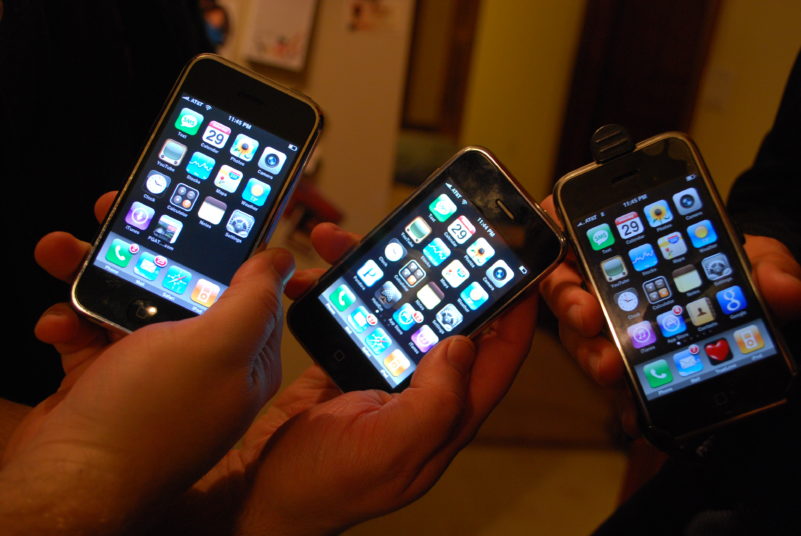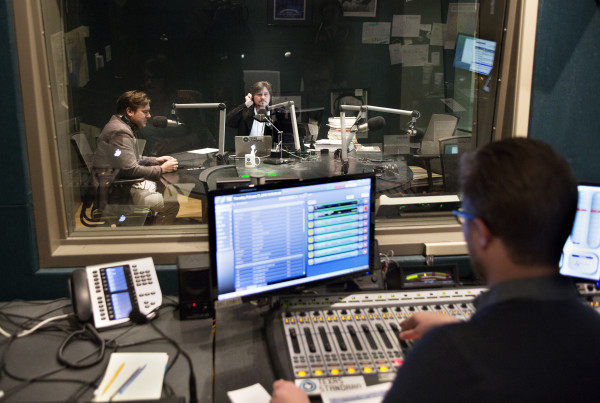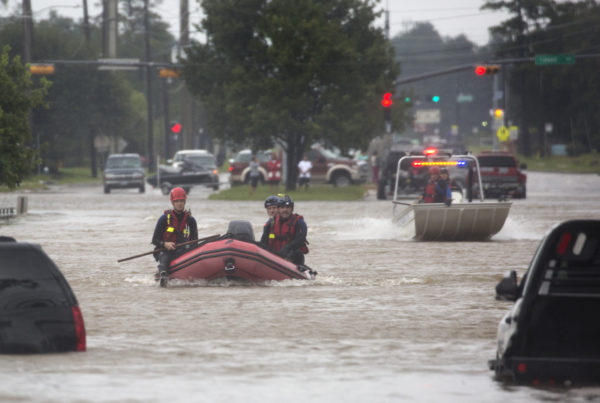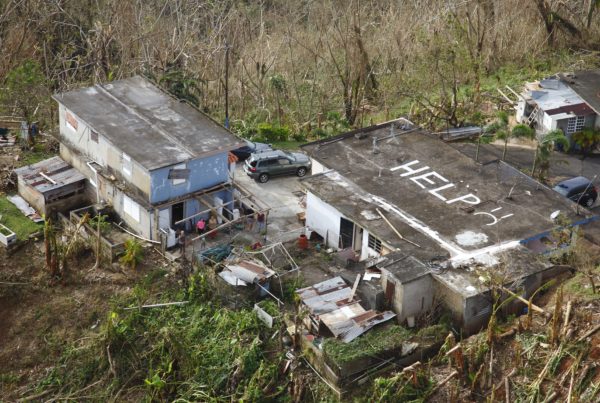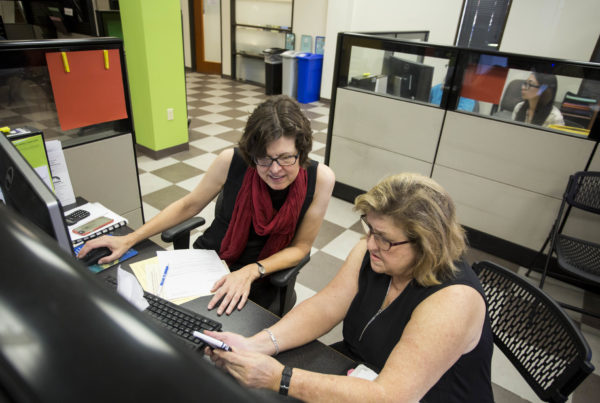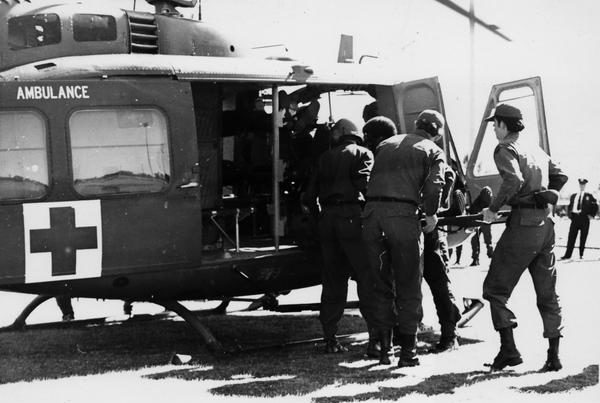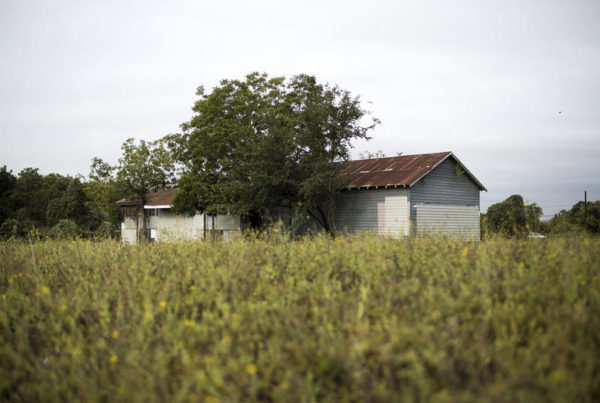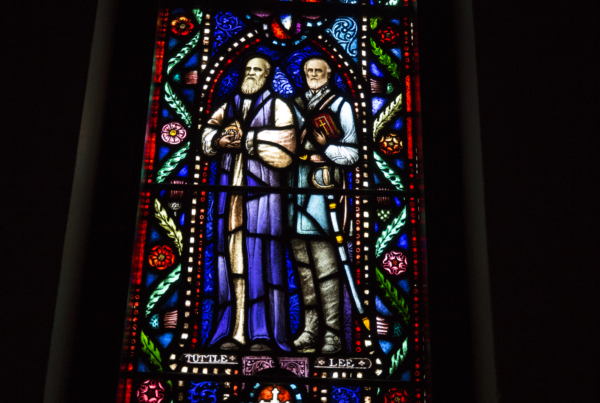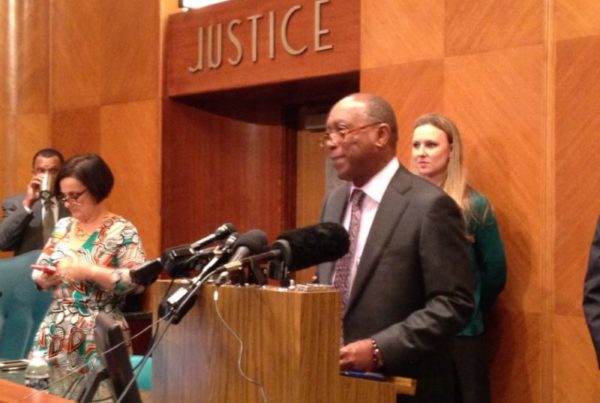In the wake of storms on the Gulf Coast, in Florida, and now in Puerto Rico, many mobile phone users lost the ability to communicate with the outside world, as cell towers and Internet connections went out of commission. These emergency situations are fueling a new round of questions about whether mobile device makers should be required to enable the FM radio chips found in many, but not all, modern cell phones.
The theory goes that if phone users had access to FM radio signals, they could receive weather reports, evacuation orders and news about recovery efforts, even if the cell network weren’t operational. This week, the FCC called on Apple, which has never offered radio access in an iPhone, to enable the FM chips that are already in some of its devices.
Daniel Flatley, a regulation reporter for Bloomberg, points out that newer iPhones – the 7 and 8 series – don’t actually have FM chips. Older models, some of which are still sold by Apple, do have the chips, though they’re not enabled. The company has also said their phones would need FM antennas to pick up radio signals.
Flatley says Apple hasn’t given a reason for not enabling FM chips in iPhones that have them.
“Critics have looked at this and said Apple and other manufacturing companies are really pushing into the streaming space, and ‘why would you want to listen to the radio when you can get your content through a streaming service that you’re paying for – that’s subscriber based?’” Flatley says.
Making the FM chip active, if it wanted to, could be as simple as upgrading software, or it could require Apple to connect the chip, inside the phone, Flatley says. But Apple hasn’t offered details on what would be required to bring FM radio to older iPhones.
Written by Shelly Brisbin.


